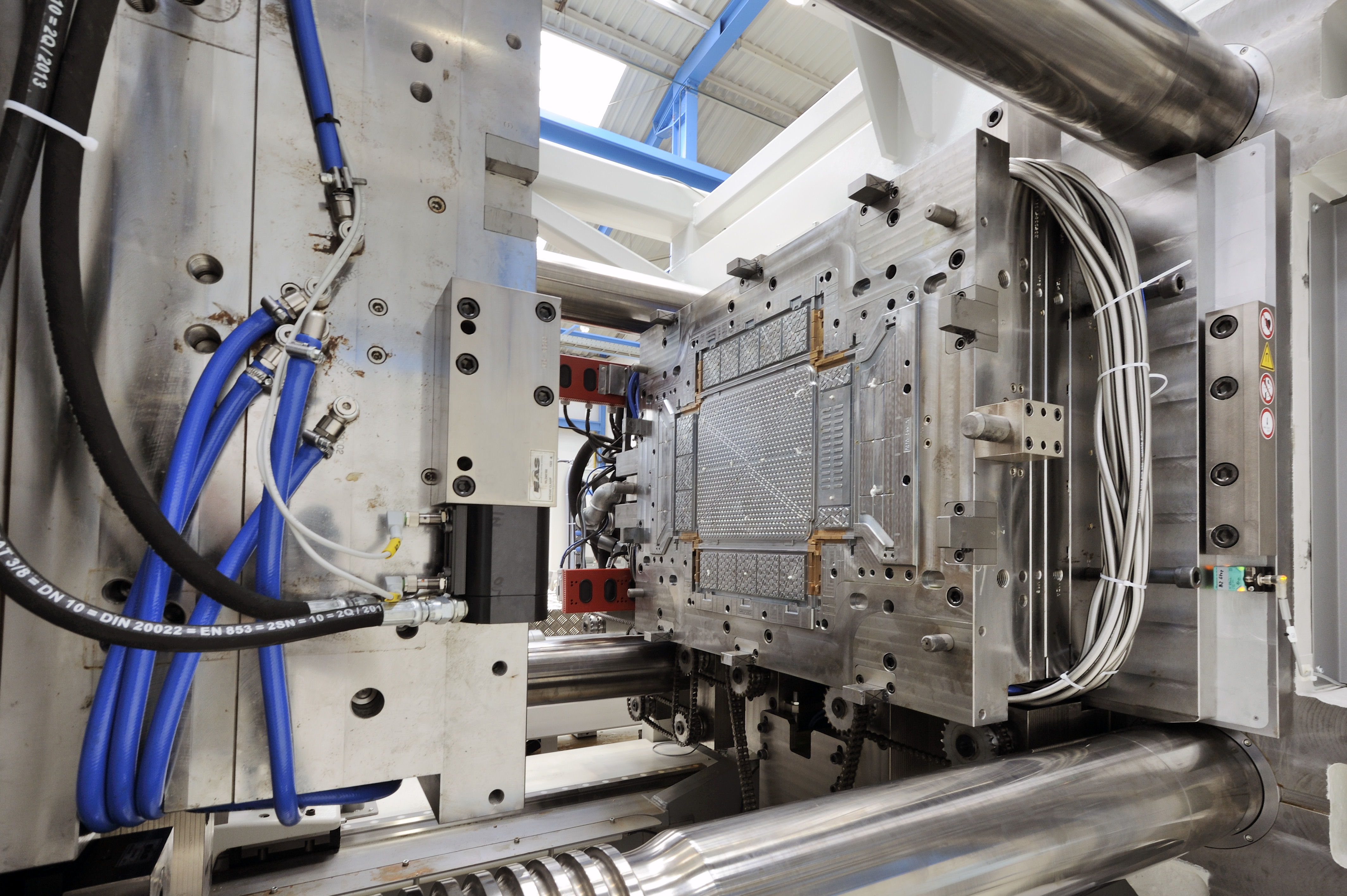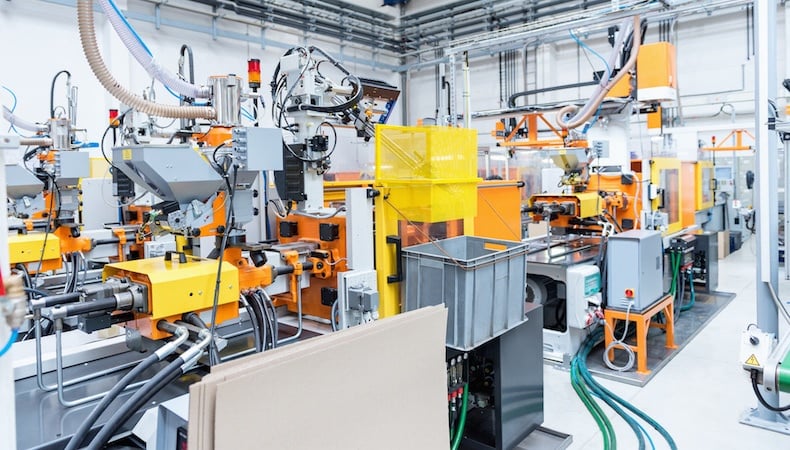Exploring the Future of Plastic Injection Molding in the Manufacturing Industry
Exploring the Future of Plastic Injection Molding in the Manufacturing Industry
Blog Article
Comprehending the Essentials of Plastic Shot Molding Procedures
Plastic shot molding functions as a keystone of contemporary production, supplying a systematic technique to creating intricate components with precision. This procedure not only includes the basic steps of melting and infusing materials into molds yet additionally includes a nuanced understanding of various affecting elements, such as temperature and pressure. As markets significantly demand effectiveness and high quality, the complexities of this technique come to be extra critical. Discovering these necessary components might expose how even small changes can bring about substantial improvements in production end results, questioning regarding the potential for advancement in this well-known procedure.
What Is Plastic Shot Molding?
Plastic injection molding is a commonly used production process that transforms thermosetting and thermoplastic products into exact and intricate shapes. This strategy is preferred for its capacity to create high volumes of the same parts with exceptional precision, making it a crucial approach in numerous sectors, including vehicle, durable goods, and medical gadgets.
The procedure entails melting the chosen plastic material and infusing it into a mold under high stress. The mold and mildew, designed to the specs of the desired part, enables the liquified plastic to materialize as it cools down and strengthens. Once the product has set, the mold and mildew is opened up, and the finished element is expelled.
Plastic shot molding uses numerous advantages, consisting of minimized waste, uniformity in manufacturing, and the capacity to incorporate complex layouts that may be challenging with various other making methods. Furthermore, it sustains a broad series of materials, each giving distinct buildings that can be tailored for certain applications. As industries continue to innovate, plastic shot molding remains at the center, allowing the development of sophisticated items that meet advancing customer demands.
The Shot Molding Refine
The shot molding procedure is an innovative method that entails numerous crucial phases to produce high-quality plastic components. Originally, plastic pellets are fed right into a warmed barrel where they are thawed into a viscous fluid. This molten plastic is then injected under high pressure right into a precision-engineered mold and mildew, which shapes the material into the desired kind.
Once the mold is loaded, the plastic is allowed to solidify and cool down, taking the shape of the mold dental caries. Cooling time is essential, as it affects the cycle time and the last properties of the molded component. After enough air conditioning, the mold opens up, and the finished element is expelled making use of ejector pins.

Products Utilized in Injection Molding
Various products can be utilized in the shot molding procedure, each offering one-of-a-kind homes that deal with specific applications. The most frequently used materials include thermoplastics, thermosetting plastics, and elastomers.

Thermosetting plastics, like epoxy and phenolic resins, go through a chemical change throughout the healing process, leading to a rigid, inflexible structure. These products are suitable for applications calling for high heat resistance and structural honesty, frequently used in auto parts and electric insulators.
Elastomers, consisting of silicone and rubber-based products, provide adaptability and strength. Their unique buildings make them suitable for applications that require elasticity, such as gaskets and seals.
In addition, specialized materials like bio-based plastics and composites are obtaining grip for their environmental advantages and boosted efficiency qualities, widening the scope of injection molding applications in numerous sectors. Recognizing the properties of these products is important for selecting the ideal kind for particular projects.
Advantages of Shot Molding
Shot molding stands out as a highly reliable production process Look At This that uses various benefits for generating intricate components with accuracy. Among the most significant advantages is the ability to create detailed styles that would certainly be difficult or impossible to accomplish with various other techniques (Plastic Injection Molding). The procedure enables comprehensive functions and limited resistances, ensuring high-quality components
In addition, shot molding is understood for its quick production capacities, making it an ideal choice for high-volume manufacturing. Once the mold is created, components can be created rapidly, reducing preparations and increasing total productivity. This effectiveness not only reduces manufacturing prices but likewise supplies an one-upmanship out there.
The versatility of materials utilized in injection molding even more improves its charm. A broad range of thermoplastics that site and thermosetting polymers can be employed, permitting producers to choose products that best fulfill their specific requirements, consisting of warm, flexibility, and strength resistance.
Additionally, the process decreases waste, as excess material can commonly be recycled and reused. This sustainability aspect contributes to a minimized environmental influence, making injection molding an accountable manufacturing choice. Overall, the benefits of injection molding make it a favored method for numerous sectors.
Factors Impacting Product Top Quality
While countless variables can influence item top quality in injection molding, understanding these aspects is important for attaining ideal results. Trick elements consist of material option, processing criteria, and mold layout.
Material choice plays an essential function, as various polymers display unique residential properties that influence flowability, strength, and thermal security. Poor material option can result in issues such as warping or incomplete dental filling.
Processing parameters, including cycle, stress, and temperature level time, should be carefully managed. Variants in these settings can result in variances in component dimensions and surface area finish. For circumstances, exceedingly high temperatures might create destruction of the polymer, while insufficient stress can result in short shots.
Mold design is just as vital, as it determines the circulation of the molten plastic and the cooling procedure. Badly developed molds might lead to irregular cooling rates, resulting in residual anxieties and dimensional inaccuracies.

Conclusion
In final thought, plastic shot molding works as a critical manufacturing procedure that makes it possible for the efficient manufacturing of top notch parts. Mastery of the shot molding procedure, including the understanding of materials and the influence of various variables on product quality, is necessary for accomplishing ideal results. The advantages of this technique, such as cost-effectiveness and style adaptability, more underscore its importance across numerous markets, solidifying its status as a favored selection for high-volume manufacturing.
Plastic injection molding serves as a cornerstone of contemporary manufacturing, offering a systematic method to generating complicated components with precision.Plastic shot molding uses a number of advantages, including decreased waste, uniformity in production, and the capability to include intricate layouts that may be challenging with various other manufacturing methods (Plastic Injection Molding). As markets proceed to introduce, plastic injection molding remains at the center, allowing the development of advanced items that meet developing consumer needs
The injection molding procedure is a sophisticated technique that involves a number of essential phases to create high-grade plastic parts.In conclusion, plastic injection molding serves as a vital production process that makes it possible for the efficient manufacturing of top quality elements.
Report this page